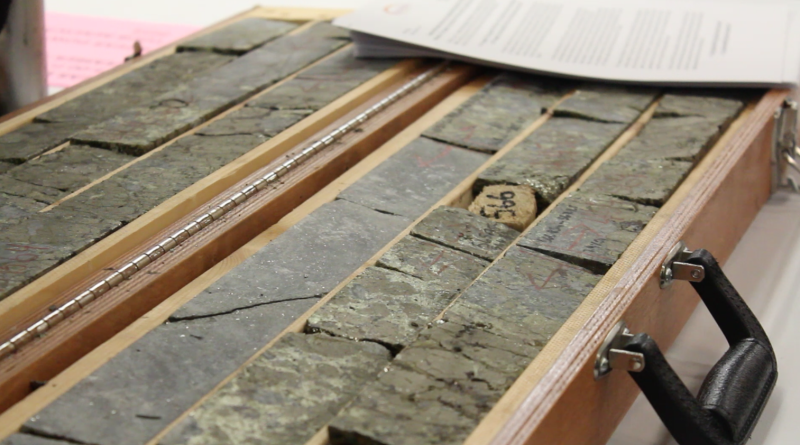Potash deposits in the Devonian Prairie Evaporite, southwestern Manitoba
By: Michelle Nicolas, P.Geo., Manitoba Geological Survey
Potash deposits occur within the Devonian Prairie Evaporite in southwestern Manitoba. The Esterhazy and White Bear members are the potash beds that extend eastward into Manitoba from Saskatchewan. The known area of potash occurrence in Manitoba can be subdivided into three subareas:
1) the Russell-McAuley area
2) the Daly-Sinclair area
3) the Pierson area
These are separated from the others by broad areas with no potash occurrence. The only area that has been actively explored for potash is the Russell-McAuley area, where the Esterhazy Member is of sufficient thickness and grade to sustain potentially economic underground potash mining. The Daly-Sinclair and Pierson areas have not been explored due to the development of petroleum resources, which precludes the co-development of potash resources. Accordingly, there are no resource estimates for these areas.
Resource estimates for the Russell-McAuley area can be subdivided into northern (Russell deposit) and southern (St. Lazare deposit) blocks, reflecting the pattern of historical potash dispositions. The Russell deposit has a resource estimate of 392 million tonnes with an average grade of 22.5% K2O and a mining thickness of 2.74 m. The historical resource estimate for the St. Lazare deposit is 650 million tonnes with an average grade of 20.9% K2O, a 16% cut-off grade and a mining thickness of 2.44 m.
During the last three decades, changes to provincial mining and mineral statutes have resulted in the release of new information in assessment files that enables a detailed look at the structure of, and anomalies within, the Prairie Evaporite in the Russell-McAuley area. These anomalies include several Winnipegosis mound complexes throughout the area, occasional collapse structures and basement faults.
